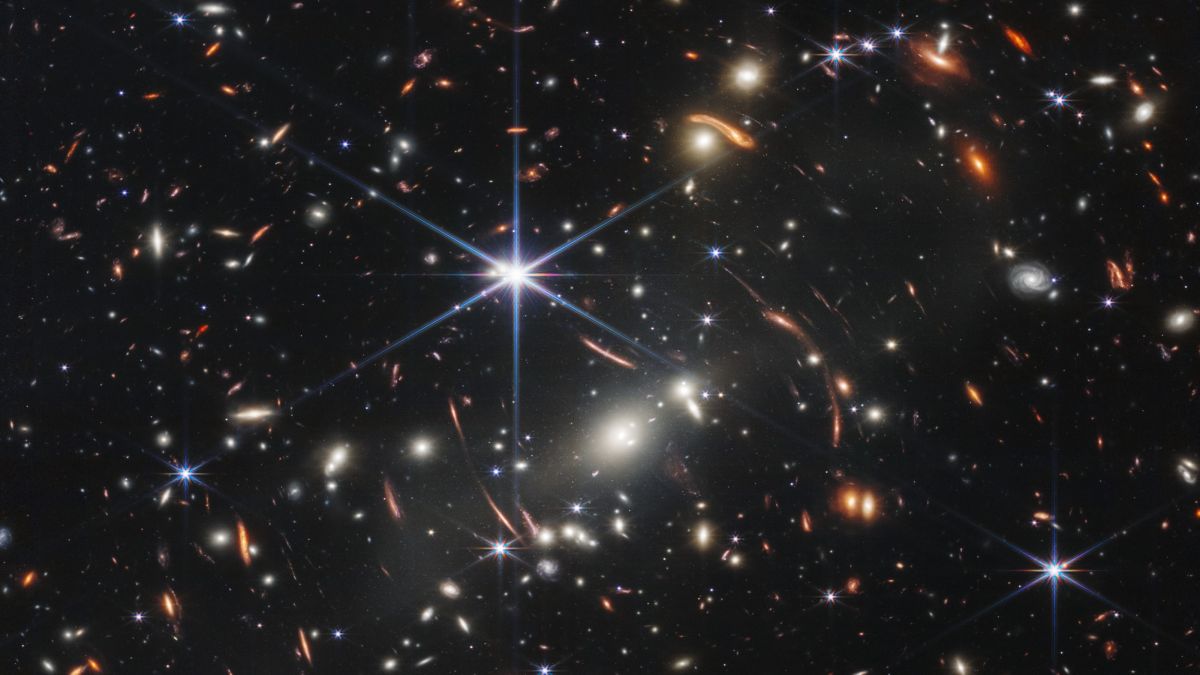
www.space.com
Biden unveils James Webb Space Telescope's ultradeep view of the universe
A new era of seeing deeper into the universe than ever before has begun.
Science & Tech
A new era of seeing deeper into the universe than ever before has begun.
President Joe Biden, Vice President Kamala Harris and NASA Administrator Bill Nelson unveiled the first science-quality image captured by the $10 billion James Webb Space Telescope on Monday (July 11) at the White House. The image is the deepest infrared view of the universe to date, according to a NASA statement (opens in new tab), and was created using just 12.5 hours of observing time on one of the telescope's four instruments.
"Today represents an exciting new chapter in the exploration of our universe," Harris said. "From the beginning of history, humans have looked up to the night sky with wonder and thanks to dedicated people who have been working for decades in engineering and on scientific marvels, we can look to the sky with new understanding."
Biden hailed the image for its representation of the nation and the power of science. "This telescope embodies how America leads the world, not by the example of our power, but the power of our example," he said.
The White House reveal is a prelude to a NASA event releasing the rest of the first JWST images on Tuesday (July 11) beginning at 10:30 a.m. EDT (1430 GMT), which you can watch here at Space.com courtesy of the agency.
NASA has already promised some of the celestial objects that space fans can look forward to seeing in these images. On Friday (July 8), the agency announced that tomorrow's event would offer views of the Carina and Southern Ring nebulas, as well as Stephan's Quintet of closely packed galaxies. Also on the agenda is observations of an exoplanet called WASP-96 b, although JWST won't be offering an image of the distant world. Instead, scientists will share a spectrum of the planet, which splits light by wavelength, offering insight into the chemical composition.
























































